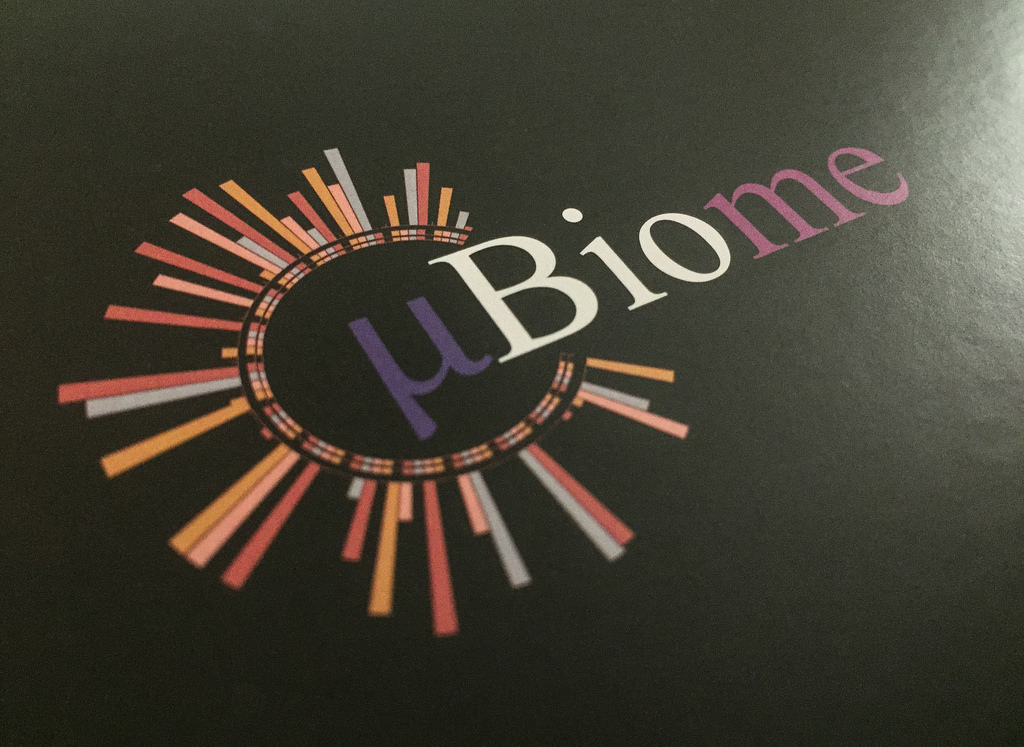
May 12, 2017, by Brigitte Nerlich
The microbiome goes viral
In this post, I want to return to a topic that started to fascinate me in 2007, namely the microbiome. In 2009 I published an article (with Iina Hellsten) about the metaphors used to make the microbiome public, but then didn’t do any further research on the topic, apart from writing a blog post stimulated by Jon Turney’s 2015 book I, Superorganism.
I recently noticed that over the last few years the microbiome has attracted renewed attention and, indeed, inspired another important book by Ed Yong, I Contain Multitudes. So, I thought it would be worth looking again at the origins and spread of this increasing interest in microbes and us. See also the previous post by Nicholas Staropoli.
The Microbiome Project
In the year 2000, scientists published a first draft of the human genome. In 2003 the Human Genome Project, which had begun in 1990, was completed and the human genome was fully sequenced. In 2001 two microbiologists, David Relman and Stanley Falkow, set out their vision for a second human genome project, the ‘human biome project’.
Relman and Falkow pointed out that: “The human body is host to a myriad of microorganisms. We are still woefully ignorant of the composition and variability of our endogenous microflora. Many of these microorganisms depend on humans for their survival, and yet we still do not fully appreciate to what extent human life is dependent on its microflora. In the spirit of the recent ‘human genome project’ and in the hopes of capturing the imagination of the broad scientific community, it is time to embark on a comprehensive genomic inventory of the large portion of cellular life within the human body that has been ignored so far, the endogenous microflora. […] The human biome is as much an unexplored frontier as the collection of life found at deep-sea thermal vents, if not more so.” (2001: 208)
“The concept of the human microbiome was first suggested by Joshua Lederberg, who coined the term ‘microbiome, to signify the ecological community of commensal, symbiotic, and pathogenic microorganisms that literally share our body space’ (Lederberg and McCray 2001)” (See NIH microbiome project article, 2009).*
Anyway, 2001 was the year that the microbiome began to become a popular topic for research.
In 2007, the US National Institutes for Health (NIH) launched the Human Microbiome Project (HMP) (a meta-genomics project), stating that “The Microbiome is the full collection of microbes (bacteria, fungi, viruses, etc.) that naturally exist within the human body. Initiatives in this area would focus on developing a deeper understanding of these communities of microbes in order to determine how they affect human health”. In 2008, the International Human Microbiome Consortium was launched “with the mission of generating resources that would enable the comprehensive characterization of the human microbiome and analysis of its role in human health and disease.” (HMP)
At that time a blogger in a (no longer available) post asked “what field might strike the popular consciousness in the coming years. Could it be that it will be the realization that we are all ‘superorganisms’ […] and that our health does not only depend on our personal genome […] and our environment, but also on the extended genome provided by our very private microbiome?”
At first, this realisation didn’t seem to happen and the microbiome didn’t really enter ‘popular consciousness’. However, in the last few years it has and the ‘microbiome’ has become a hot topic in science and in the popular media.
The multiple meanings of ‘microbiome’
Before I demonstrate just how popular the microbiome has become, I want to point out that the word ‘microbiome’ has multiple meanings (you can learn more about this here). There are at least two dominant meanings which have emerged over the last two hundred years or so. Formerly, the main meaning was, according to the Oxford English Dictionary: “A population of microorganisms inhabiting a specific environment; a microbial community or ecosystem, now esp. that of the body”. This use is attested in the OED from 1952 onwards (but probably goes back much further). Latterly, the main meaning has become “The collective genomes of all the microorganisms inhabiting a specific environment, esp. that of the body”. This usage is attested in the OED from 2001 onwards and attributed to Lederberg.
The microbiome goes viral
I had looked at early discussions of the microbiome in the news, shortly after the HMP had started. But I hadn’t really checked up on the microbiome’s fate in science and the media since 2008. So, I was surprised when I created various graphs which demonstrated how much the microbiome has risen to prominence, both in science and the media.
Some observers other than me had the same impression. One said: “Over the past decade, research into the microbial organisms that live in and on human beings has exploded dramatically.” Another even talked about a “Cambrian explosion“.
Science
Let’s have a closer look at that explosion. To do that I have used Scopus, the largest abstract and citation database of peer-reviewed literature (thanks Barbara Ribeiro for pointing me to Scopus analytics).
The following graph shows how scientific interest in the microbiome gradually grew after 2002 and then picked up speed around 2012.
In 2002 two seminal papers were published to which I shall come below in the media section, and in 2012 The Human Microbiome Project Consortium published two ‘milestone’ papers in Nature and PLOS. Overall, 12,419 scientific papers on the microbiome have been published up to now (according to Scopus, checked on 5 May, 2017). They appeared in the following journals, with Frontiers in Microbiology playing an important role in the recent wave of publications.
The top three institutions involved in microbiome research are Harvard Medical School, University of California, San Diego and VA Medical Center.
They are mostly situated in the United States, the UK, Canada, Germany and China.
Some of the most prolific authors are Rob Knight (paediatrics and computer science), John F. Cryan (anatomy and neuroscience) and Curtis Huttenhower (computational biology and bioinformatics) – with others on a more or less equal footing:
The subject areas that focus most on microbiome research are medicine, biochemistry, immunology and microbiology, and agriculture and biological sciences. There are 67 articles from the Social Sciences and 56 from the Arts and Humanities (as compared to 7971 from medicine).
Media
What about the media, at least the English language ones? The following graph, counting all articles produced by English speaking news (newspapers, some online sources, magazines etc) and captured by Lexis Nexis, mirrors the rise in scientific interest.
The first article that uses the word ‘microbiome’ was published on 1 April 2003 and was entitled “Aliens Inside us: A (Mostly Friendly) Bacterial Nation” (by James Gorman for The New York Times).
One paragraph is quite significant, as it started a myth that has been dispelled only recently, namely that a human being has 10 times as many bacteria as human cells: “There is a world within each of us, a living, evolving ecological system of 500 to 1,000 species of microbes, a ‘bacterial nation’ in the words of Dr. Jeffrey I. Gordon, a microbiologist at Washington University in St. Louis. In fact, by numbers of cells, a human being has 10 times as many bacteria as human cells. The bacterial cells are much smaller, which is why we do not look like an overgrown petri dish.”
The article was triggered by a paper in Science and a commentary entitled ‘Honor thy symbionts” (by Dr. Gordon, Dr. Jian Xu and others) which suggests that “the powerful techniques of genomic research are providing new ways to investigate the lives of these bacterial cells. In separate reports, scientists describe the genomes of two different, common bacteria. One is Bacteroides thetaiotaomicron, a friendly symbiont; the other is a traitorous drug-resistant variant of Enterococcus faecalis, an otherwise mild-mannered garden-variety citizen of the gastrointestinal consortium.”
He introduces the word ‘microbiome’ in the following way: “The possibilities of genomic research into the bacteria of the gut are almost unlimited. Dr. Gordon suggested that one could think of the collected genomes of the bacterial species as a single unit, a microbiome. It would be similar in size to the human genome on the basis of the amount of raw DNA. But it would be much larger, 100 times as large, in terms of actual genes — DNA sequences that code for proteins.”
Jeffrey I. Gordon became, for a while, one of the most prolific metaphor users in the press coverage overall. However, two more articles explored this topic in 2003, one of them written by Lederberg and entitled “We must find a new inner peace” (Milwaukee Journal Sentinel, Wisconsin, 27 April, 2003).
Gordon framed bacteria metaphorically as communities — either a nation’ or an alien race, while Lederberg waged war against the war metaphor according to which bacteria are our enemies. Instead, Lederberg wanted to make peace with bacteria, that is, between human and bacterial communities.
Media, marketing and confusion
Then, in 2012, the two landmarks papers mentioned above were published and media interest picked up steadily after that with a current peak in 2016. Now the microbiome (like synthetic biology) meets industry, marketing and (like epigenetics) media confusion.
So, as Matthew Niederhuber points out on blog hosted by Harvard University: “There is promising evidence that the microbiome is intimately involved in human health, including brain function and behavior. But there is equally clear evidence that media coverage walks far ahead of the scientific work it intends to report, too often condensing preliminary, correlative and complex data into pat headlines. As a result, the public impression of microbiotic research differs from the present-day reality, creating the serious risk that pre/probiotics will be marketed as miracle cures for a laundry list of physical and psychological ailments under a pseudo-academic purview. The likely end result is the degradation of public trust in the integrity and validity of scientific research.”
I would be great if somebody had the time to study changes in metaphors and framing of the microbiome over time from 2007 to 2017, as well as shifts in topics from the gut to the brain, from probiotics to faecal microbial transplants and beyond, while also keeping an eye on the fluctuating relationship between hype and reality.
*This is, it appears, not true. The term was in usage much earlier, as detailed here by Susan Prescott (2017).
Image: Flickr: Tony Webster – uBiome – Microbiome Sequencing Gut Bacteria Sample Kit
No comments yet, fill out a comment to be the first



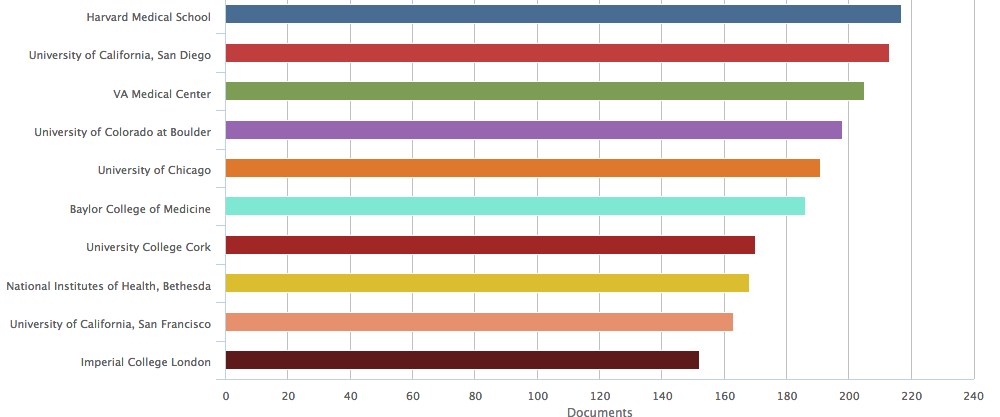

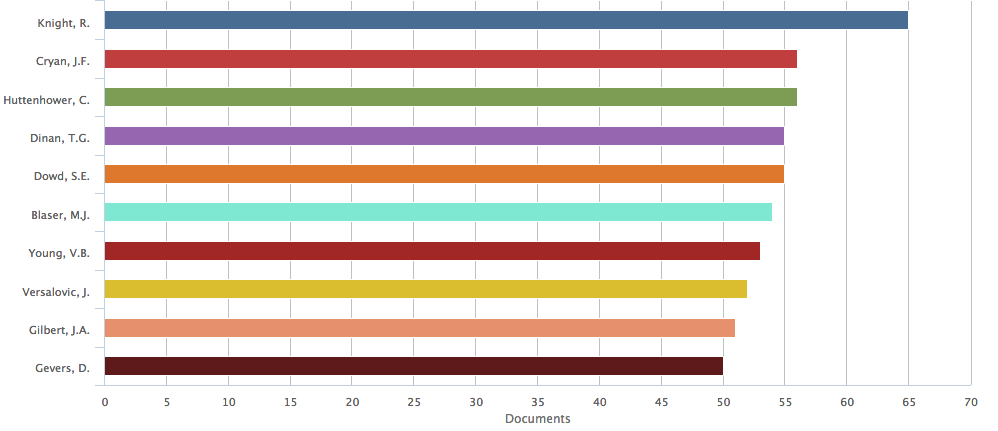
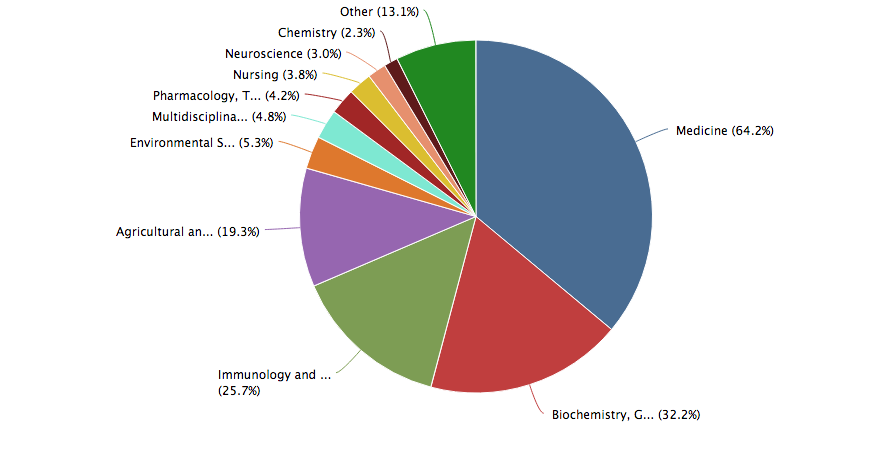
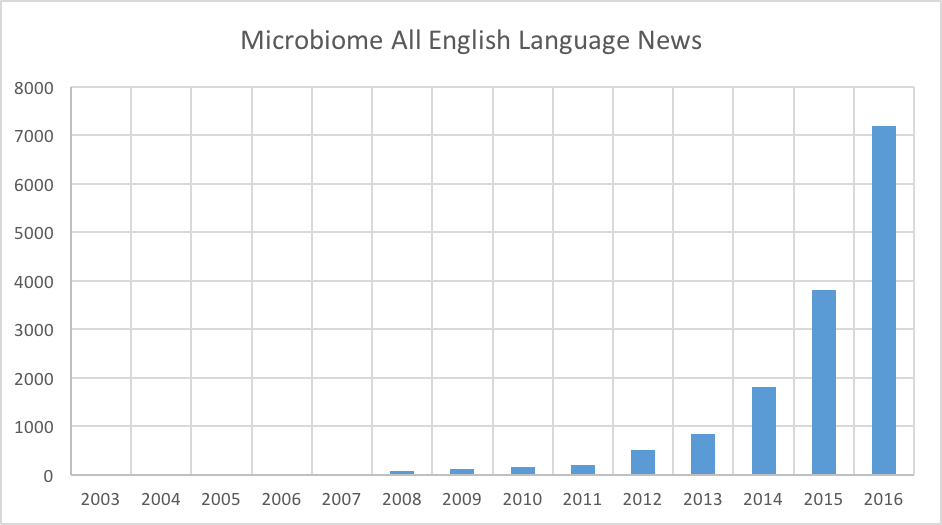
Leave a Reply